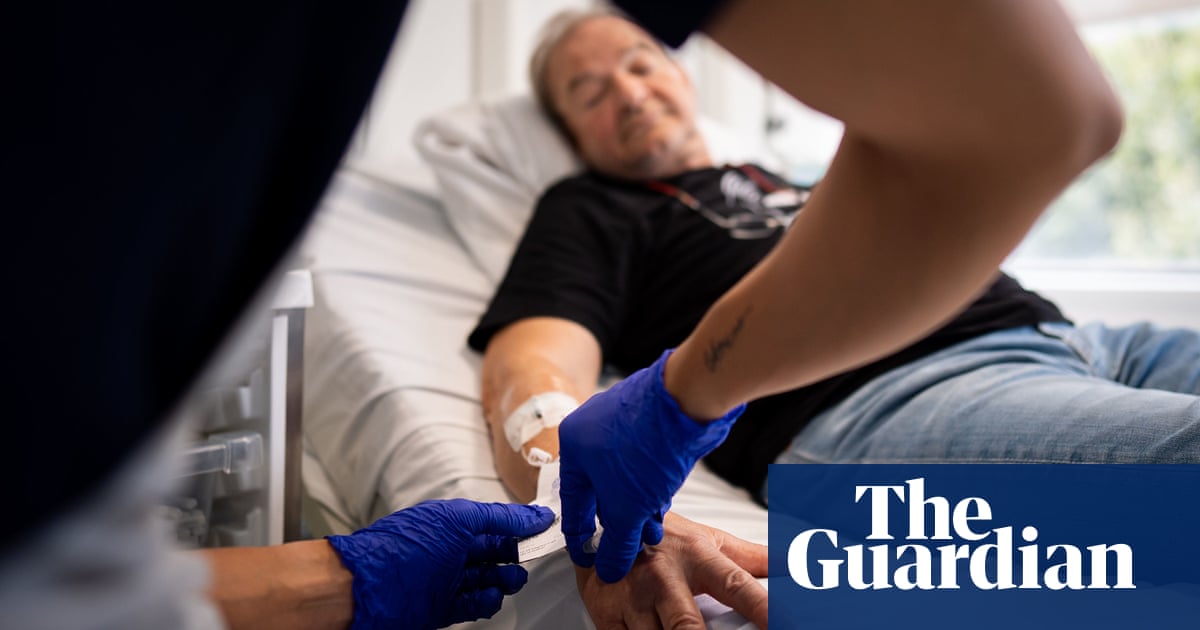It's pall mall
In the United States, 10–20% of people who develop lung cancer have never smoked or have smoked fewer than 100 cigarettes in their lifetime. This amounts to 20,000–40,000 lung cancers each year. In some parts of Asia, the proportion of lung cancers in non-smokers can be as high as 40%.
Non-smokers are more likely to develop lung cancer due to genetic mutations or abnormalities. The cancer is often spread throughout the lungs instead of being concentrated in one area. Symptoms include: Coughing up blood, Trouble swallowing, and Swelling in the face or neck.
Other factors that may contribute to lung cancer in non-smokers include:
- Secondhand smoke: Multiple studies suggest that 15–35% of lung cancer in non-smokers is due to exposure to secondhand smoke. Women who are married to smokers have a 27% increased risk of lung cancer.
- Environmental exposures: Some known exposures include asbestos, chromium, and arsenic.
- Radon exposure: Radon exposure is the second leading cause of lung cancer. People who spend a lot of time in their basement or live in an older home should get radon levels tested in their basement.
